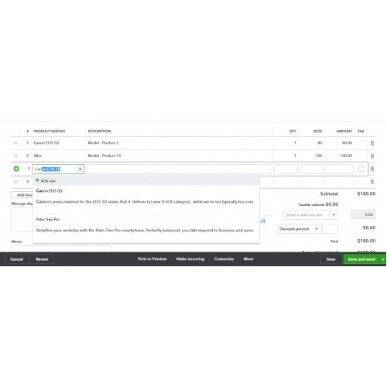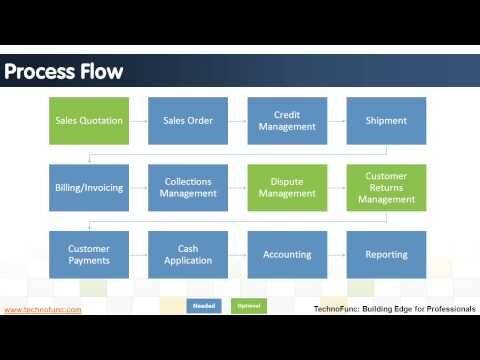Content

With most businesses selling multiple products and different price points, it’s hard to figure out exactly how to price every single product. Before we can do a break-even analysis, we need to first know what your fixed costs and variable costs are. Your fixed costs are those you must pay regularly and remain the same such as rent, insurance and utilities. Variable costs are those involved with making a sale such as for the wholesale product, shipping and marketing.
- These include white papers, government data, original reporting, and interviews with industry experts.
- Current business owners can use a break-even analysis to tinker with their pricing strategies or to determine whether or not to develop a new product or service.
- In addition to her financial writing for business.com and Business News Daily, Simone has written previously on personal finance topics for HerMoney Media.
- The process for factoring a desired level of profit into a break-even analysis is to add the desired level of profit to the fixed costs and then calculate a new break-even point.
- From 0-9,999 units, the total costs line is above the revenue line.
- This influences which products we write about and where and how the product appears on a page.
We also reference original research from other reputable publishers where appropriate. You can learn more about the standards we follow in producing accurate, unbiased content in oureditorial policy. Find your break-even point by using this break-even analysis template, customizable to your business.
The Limitations of a Break-Even Analysis
This is the amount each Break Even Analysis contributes to paying off fixed costs and increasing profits, and it’s the denominator of the break-even analysis formula. To find it, subtract variable costs per unit from sales price per unit. Break-even analysis is useful in determining the level of production or a targeted desired sales mix. The study is for a company’s management’s use only, as the metric and calculations are not used by external parties, such as investors, regulators, or financial institutions. This type of analysis involves a calculation of the break-even point . The break-even point is calculated by dividing the total fixed costs of production by the price per individual unit less the variable costs of production.
Thus, break-even analysis may not be the most effective tool in your arsenal if your estimates are incorrect or you’re dealing with fluctuating costs. Even though the break-even analysis is useful for making business decisions and more, the limitations of a break-even analysis should not be overlooked. And this is what’s great about abreak-even or a cost-volume-profit analysis,and the reason I use it for anything I do. If we solve this equation, we get to the conclusion that we need to sell 143 cakes every month for $50 each, to break even. The beauty of this spreadsheet is that you can make as many changes and experiments as you want until you reach a configuration that feels feasible and sound for your business.
Break-Even Point: What is it? How to calculate and use it?
If you are using a units-based sales forecast table , you can project unit costs from the sales forecast table. Break-even analysis is very important for any organization so that it can know its overall ability to generate profit. Therefore, it is the responsibility of the management that it should monitor the organization breakeven point constantly as it helps in cost-saving and resulting in a decrease of the breakeven point. To calculate the Break-Even Point for which we have to divide the total fixed cost by the contribution per unit. Once the break-even number of units is determined, the company then knows what sales targetit needs to set in order to generate profit and reach the company’s financial goals. The break-even analysis is important to business owners and managers in determining how many units are needed to cover fixed and variable expenses of the business.

For example, you could increase your sales price, which would require you to sell fewer units to break even. You could also lower your price which would push your unit break-even point even higher. Looking at all of these expenditures can be intimidating, but knowing the exact number of units you need to sell—or the precise amount of revenue required—to become profitable can ease your mind. That’s where the break-even analysis can bring clarity to the financial aspects of your business model.